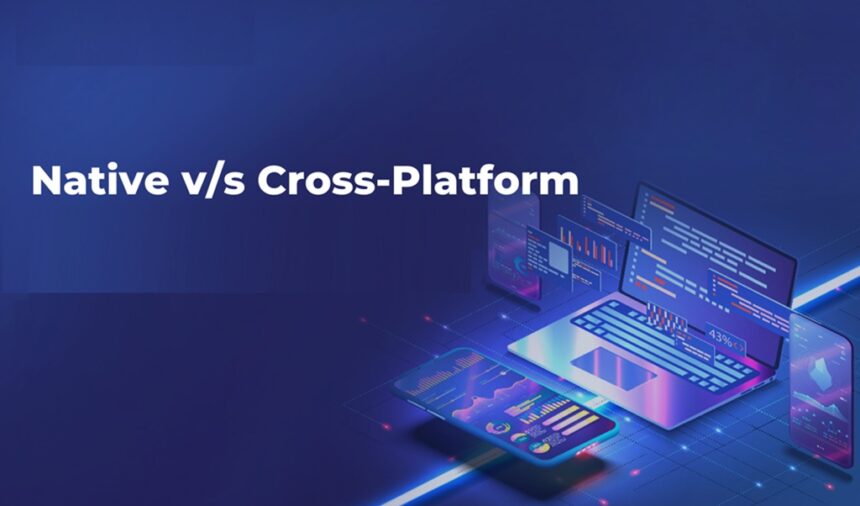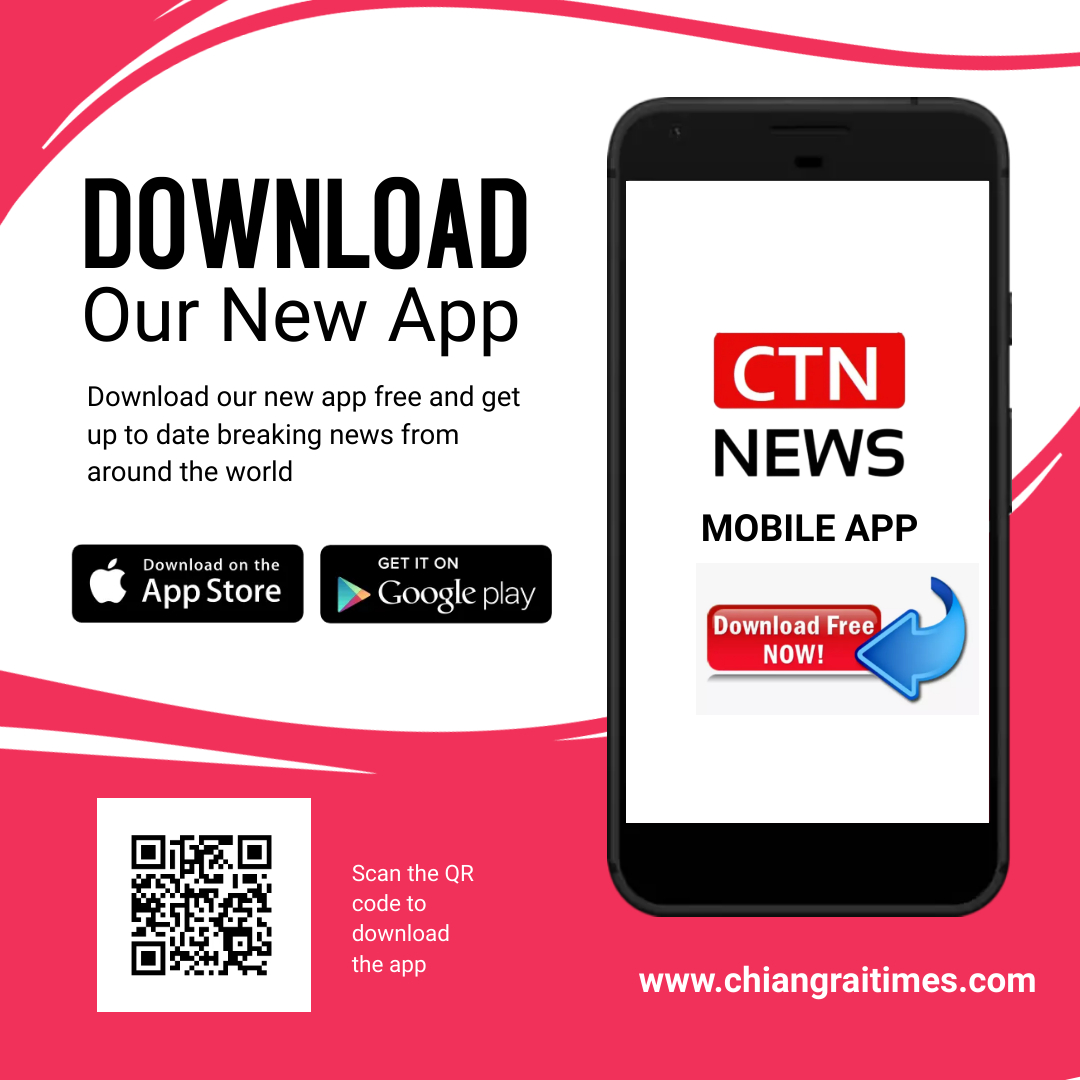Businesses seeking to develop a mobile application will often face a critical decision about whether to build a cross-platform or native app. This option greatly determines user experience and app performance while affecting development costs, time to market, and scalability in the long run.
Developers explore both strategies, detailing their benefits, drawbacks, and important factors. Ultimately, you’ll be clearer about which development path best suits your company’s needs.
What is Native App Development?
Native development involves creating mobile applications for a single iOS or Android platform. These apps are built using programming languages designed for each platform—Swift for iOS and Kotlin or Java for Android.
Advantages of Native Development
Superior Performance—The native app has access to the device’s hardware, such as the camera, GPS, and sensors, which directly leads to fast loading and better response times.
Optimized UI/UX – The apps built here follow platform-specific UI guidelines and provide an effortless user experience customized to the OS.
Improved Security—Native apps can include highly advanced encryption techniques and security capabilities, making them best suited for finance, healthcare, and enterprise applications.
Instant access to New Features—The developers can implement the latest updates to the OS, APIs, and features so that the application is always up to date.
Drawbacks of Native Development
Higher Cost & Development Time – Since separate codebases are needed for Android and iOS, development efforts and costs double.
Longer Updates – Any new feature or bug fix must be implemented separately for both platforms, leading to delayed updates.
What is Cross-Platform Development?
Cross-platform development allows developers to write a single codebase on iOS and Android. Frameworks like Flutter, React Native, and Xamarin enable this with common UI and logic layers.
Benefits of Cross-Platform Development
Faster Development & Lower Costs – Development time and costs are significantly lower because one codebase is used for both platforms.
Consistent User Interface – With unified design components, users experience a consistent UI across Android and iOS.
Easier Maintenance & Updates – Fixing bugs and adding new features is faster since updates apply to both platforms simultaneously.
Wider Reach – A single app reaches Android and iOS users, maximizing audience engagement.
Disadvantages of Cross-Platform Development
Performance Limitations—Cross-platform apps are prone to minor lags and delays because they depend on a bridge between the app and the device’s hardware.
Limited Native Features – Although frameworks expose native APIs, not all features of a particular device are accessible.
Compromised UI/UX – UI elements might not be as polished as native apps because they do not always follow platform-specific design guidelines perfectly.
Which One Should You Choose?
When choosing between native and cross-platform development, businesses must consider several factors, such as budget, performance requirements, target audience, and project complexity. Every option has advantages and disadvantages that affect the overall performance of your mobile application development strategy.
Native development is optimized for hardware, offers better performance, and a quick, responsive, and seamless user experience. Additionally, following the platform-specific requirements guarantees best-in-class UI/UX design that makes programs feel natural and straightforward to users. But because distinct codebases are required for
iOS and Android have disadvantages, such as a longer time to market and greater development costs.
Cross-platform mobile application development is more affordable and allows developers to write a single codebase for both platforms. This reduces the time and cost of development while ensuring a wider reach across multiple devices.
However, performance may not be as optimized as native apps, and some platform-specific features may require additional customization. Security measures will be required to provide extra care because such cross-platform frameworks do not work at the system’s native development level.
If your mobile app demands high performance, advanced security, and platform-specific functionality, native development is the better choice. However, if you aim for faster deployment, lower costs, and broader accessibility, cross-platform development is a smart alternative. Evaluating your business goals and technical requirements will help you determine the most suitable approach for your mobile application development in Sydney.
UI/UX Considerations for Mobile Apps
A well-designed User Interface (UI) and User Experience (UX) can make a huge difference in the success of an app. Whether you choose native or cross-platform development, here are some key UI/UX best practices to follow:
Platform-Specific UI Elements—Native apps feel more natural because they follow iOS’s Human Interface Guidelines (HIG) and Android’s Material Design.
Smooth Navigation—Eliminate clutter and focus on intuitive navigation using a bottom tab bar (iOS) or hamburger menu (Android).
Optimized Performance – Poor UI rendering can result in slow frame rates and a bad user experience. Flutter’s Skia engine or React Native’s Fabric architecture improves UI responsiveness.
Consistency in Branding—Ensure a uniform colour scheme, typography, and branding across platforms to build trust and recognition.
Final Thoughts: Making the Right Choice
● Native development will be the best option if performance, security, and better UI/UX are priorities.
● Cross-platform development is the best choice. You focus on quicker time to market, fewer expenses, and a broader audience.
Developers looking to create a mobile app must choose between native and cross-platform development based on business needs and user expectations. A skilled mobile app developer will help you select the right technology, design an intuitive UI/UX, and ensure the app meets your requirements.
Related News:
Popular Treasure Hunt App Jagat Sparks Concerns in Thailand
CTN News’s sponsored content helps brands reach a larger audience with engaging and relevant articles these articles do not necessarily reflect the views of CTNNews. For more information on our sponsored content policy Click Here














